Which ShoulderSphere® is for You?
-
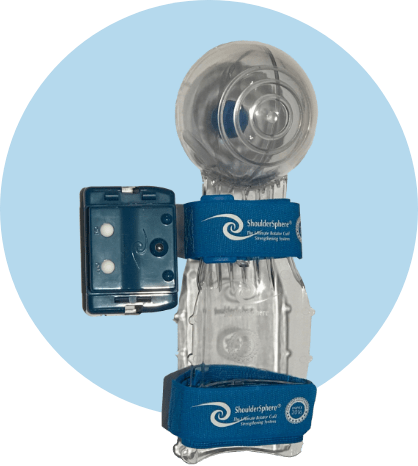 ShoulderSphere F2
ShoulderSphere F2 -
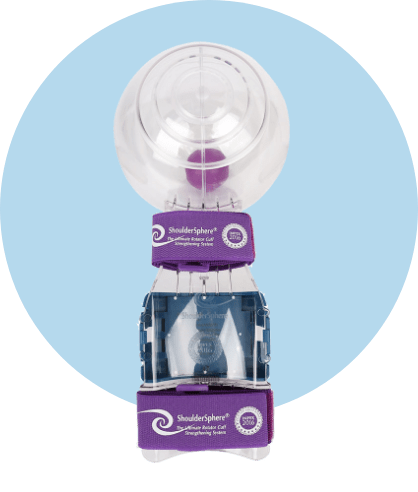 ShoulderSphere A7
ShoulderSphere A7 -
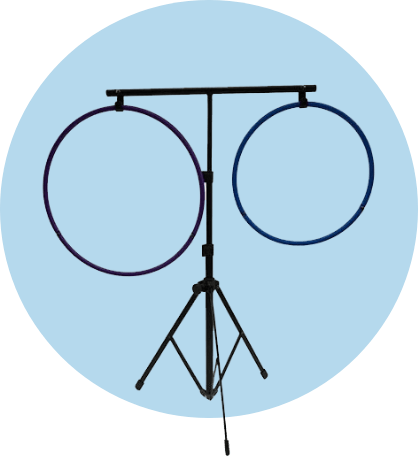 ShoulderSphere Coaching Rings
ShoulderSphere Coaching Rings
- Is 15 years or older
- Can do 12 push-ups easily
- Can lift 20 lb dumbbells overhead with one arm
- Is any high-level competitive athlete
- Are between the ages of 8 and 15 (because of the smaller arm length for use with the splint)
- Has difficulty doing 12 push-ups
- Cannot lift 20 lb dumbbells easily overhead with one arm
- Are recovering from injury or surgery
Learn More About ShoulderSphere Therapy
The rehabilitation program may be initiated whenever your orthopaedic surgeon has released you to start an active range of motion and strengthening program
Endurance and Power Workout
Although the F2 is approximately 4-5 times easier to use than the A7, the F2 can be used by even the fittest and strongest individuals for a most efficient and effective workout to ensure strength maintenance of the rotator cuff.
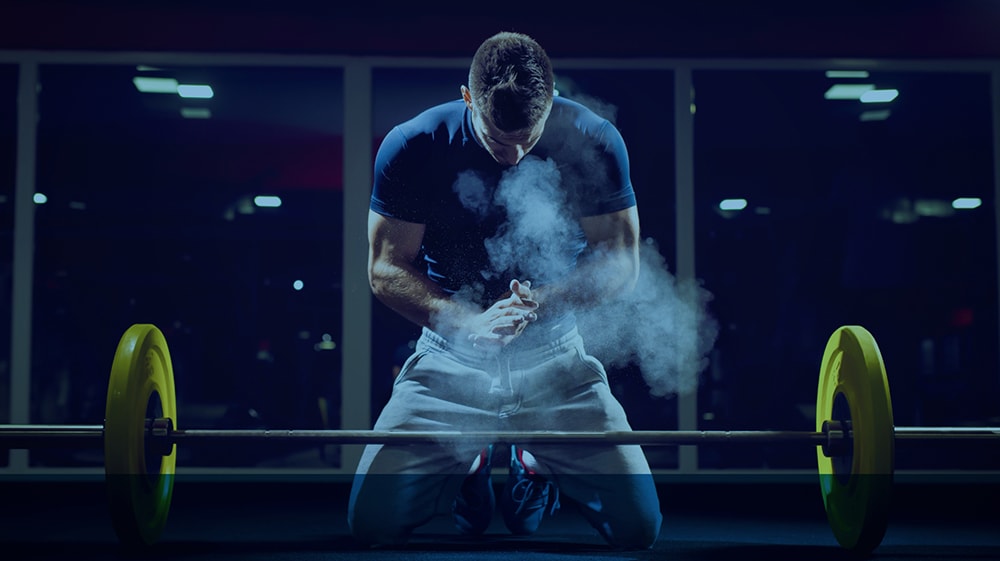
More challenging techniques such as High-Intensity Interval Training can be creatively incorporated by either the A7 or F2 in conjunction with the:
Power Tracker Light
The power tracker is activated by active spinning of the ShoulderSphere. DIRECTION of spin does NOT matter. Since this is “circular” training, as long as the ball spins, ALL rotator cuff muscles are engaged. When the ball bounces, that means one or more of the rotator cuff muscles got shut down, thus broke the chain of the circle.
Fast spinning makes the power light turn red, lower power velocity spin makes it green. A test, and means of tracking your progress with strength improvement, is your ability to maintain the tracker lit in red for 30-60 seconds continuously. This is high-intensity interval training. A fun gauge regarding your progress, which you will love.
Coaching Rings
Why and how this is used:
All comprehensive shoulder rehabilitation and strengthening programs must train both the glenohumeral joint as well as scapulothoracic mobility. The Coaching Rings are specifically designed for training scapulothoracic mobility with power and control.
Set up the Coaching Rings using its tripod design and telescoping height adjustments on a tabletop.
The height of the Coaching Rings may be adjusted to suit individual preferences and training for heights at different levels, thus different challenges for scapulothoracic motion. The usual height would be mid-level, mid-way between the user’s chest and waist level. Some people have two Coaching Rings placed – one at shoulder-height and a second one lower at the lower waist for variable height workouts.
The larger ring is easier to use than the smaller ring. Increased effort and power is required when training with the smaller ring.
Stand about 6 inches, or elbow-length, away from the Rings. You should be either facing, or be at right angles, from the Rings, with the elbow bent at right angles as the starting position. Start to spin the ball inside the ShoulderSphere. Now, while spinning the ball, the elbow slowly extends to PASS THROUGH the ring without touching the rim. Fully extend the elbow and perform scapulothoracic protraction while spinning, then return with scapulothoracic retraction and flexion of the elbow to pass through the ring back to the starting position. This completes one rep. You may do 3 reps as one set. Increase to 10 consecutive passes as one set. Maintenance as 3 sets of 10 passes for an awesome glenohumeral and scapulothoracic power with control workout!
Here is a video showing how this is done. This user also does an upward thrust movement just to make the workout more interesting:
-
Coaching Rings Power with focused intensity and control
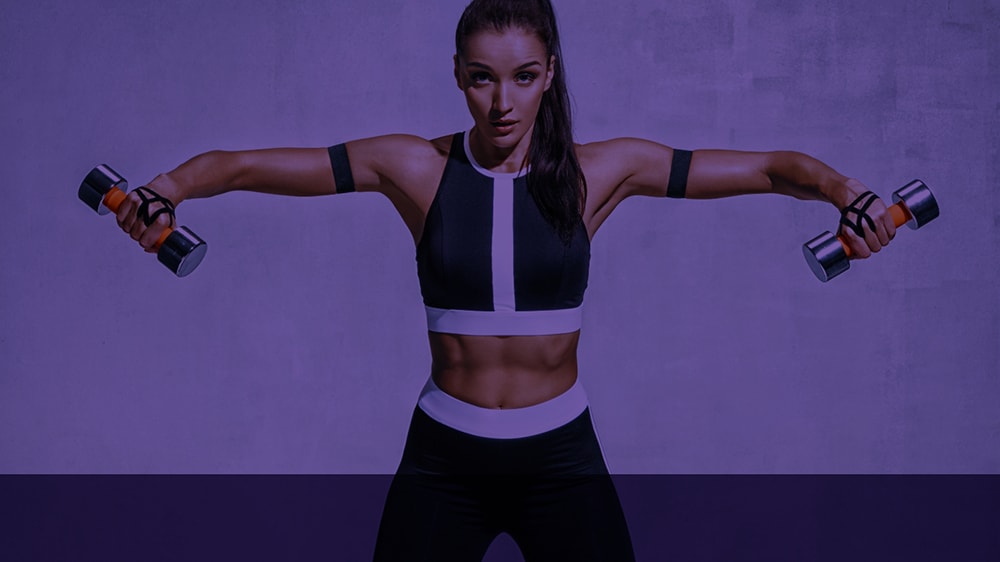
Watch Video
-
BOXING Strengthens the jab motion with scapular protraction

Watch Video
-
FITNESS
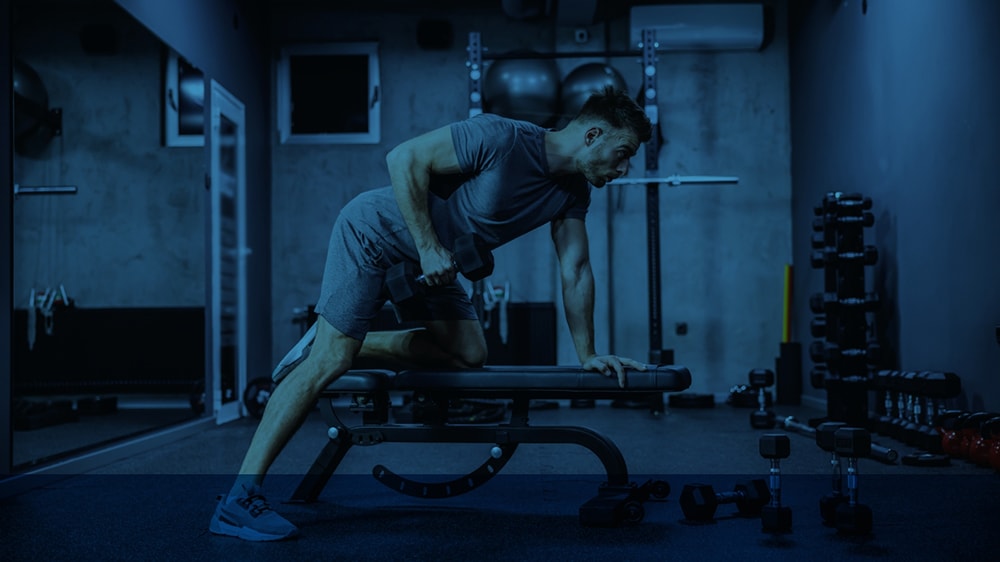
Watch Video
-
FITNESS
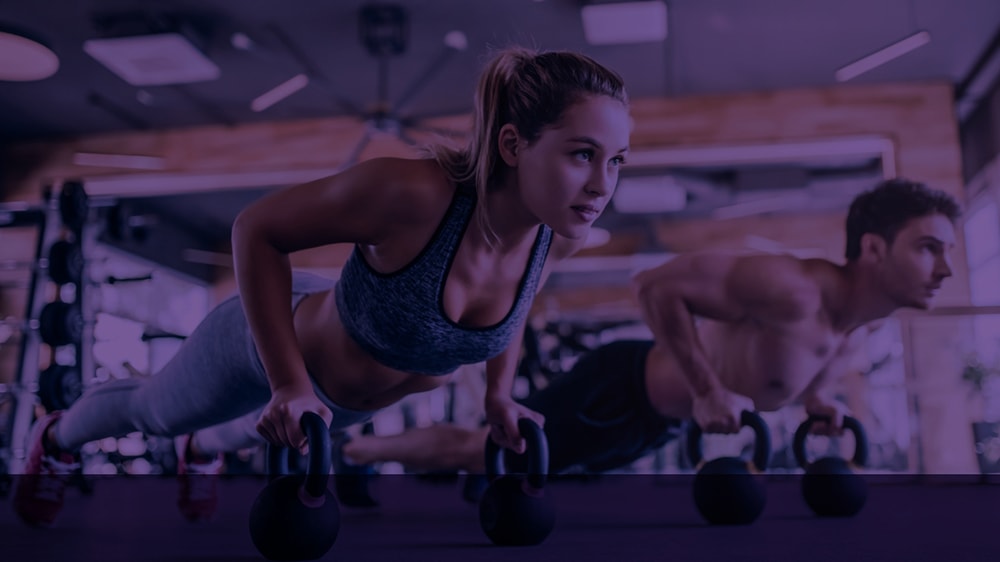
Watch Video
-
WATERSKIDouble-ring for water ski simulation
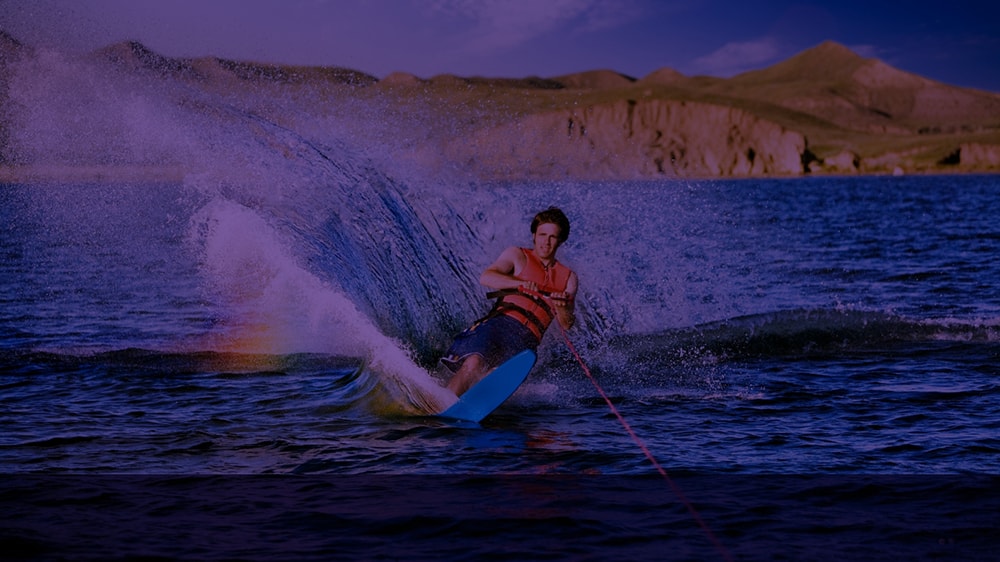
Watch Video